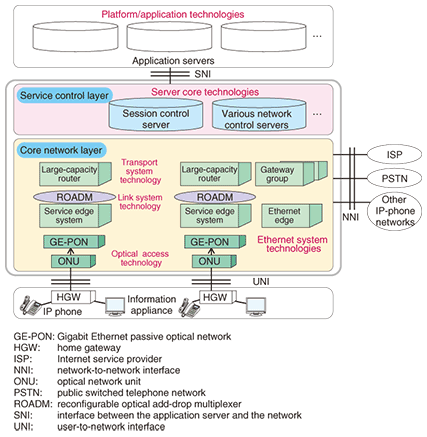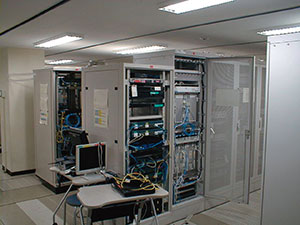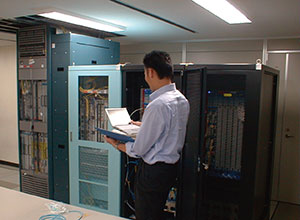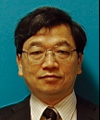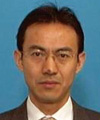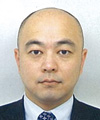 |
|||||
|
|
|||||
|
Special Feature: NGN Focus Vol. 7, No. 7, pp. 4–7, July 2009. https://doi.org/10.53829/ntr200907sf2 NGN Technology Testing Based on End-to-end Communications to Establish Core TechnologiesAbstractThis article describes the testing done by NTT to establish advanced and practical core technologies for the Next Generation Network (NGN). Since cooperation among many functions on the NGN leads to advanced services such as bandwidth-guaranteed communications and high-reliability multicast communications, it is essential to test not only individual technologies but also combinations of technologies on an end-to-end basis over the entire network.
1. World-leading NGN technologyResearchers in NTT Network Service Systems Laboratories are working to establish core technologies for the Next Generation Network (NGN). These include a large-capacity router technology, a high-density wavelength-division-multiplexing link technology to make up an IP (Internet protocol) transport network that can provide various communication services, a service-edge technology for preserving quality and security in the network, and a session-control-server technology for controlling the above-mentioned technologies and achieving bandwidth-guaranteed communications [1] (Fig. 1).
2. NGN technology testing based on end-to-end communications2.1 RoleThe NGN core technologies must provide at least the same levels of reliability and stability as the conventional telephone network in addition to facilitating the creation of high-value-added broadband services incorporating quality guarantees and security. The NGN is achieved by combining various new technologies on a single network. It is therefore not enough simply to establish individual technologies. Sufficient testing is required from various aspects when the advanced and practical technologies are established. For example, NTT makes sure that there are not any technical problems in the operation of the entire network in which multiple technologies function in a cooperative and composite manner, there are not any technical problems from the viewpoint of the network users and operators, and stable operation can be maintained even when the network is congested. Specifically, technology testing should be carried out in three phases. (1) Individual technology testing: Checking the operation of each technology. (2) One-on-one technology testing: Checking the operation of interlinked technologies. (3) End-to-end technology testing: By using pseudo terminals and other equipment, checking the operation of all technologies during operations across the entire network. (See Figs. 2 and 3.)
2.2 OverviewTo carry out technology testing by end-to-end communications, NTT has constructed a practical network environment consisting of equipment implementing technologies under research and development in the NTT Musashino R&D Center. Major technical elements making up this network environment are as follows: (1) Session Control Server: a server system that accepts service requests from users, establishes sessions between users, and provides services. (2) Service Edge System: a router that accommodates subscriber access lines (3) Large-Capacity Router: a router that forwards IP packets in the core network Other equipment such as load testing equipment, pseudo application servers, and pseudo terminals were also connected to this network environment to simulate typical network usage conditions for each test. This network environment was also constructed so that protocol checking could be performed as much as possible under conditions conforming to NGN specifications (e.g., the user-to-network interface (UNI), network-to-network interface (NNI), and application-server-to-network interface (SNI)). 2.3 ImplementationWhen technology testing by end-to-end communications is performed at Network Service Systems Laboratories, at first, test items are extracted from the connection procedures of every communication function. These functions are provided by the NGN (e.g., interactive communications (bidirectional/unidirectional), multicast communications, and PPPoE (point-to-point protocol over Ethernet) connections). After the extraction of a wide range of test items, which deal with system functions in the network environment, long-term stability, operation under faulty conditions, etc., the technologies are tested in an efficient manner in the minimum time. Two teams interact and cooperate to ensure testing progresses efficiently: One is a team of technical engineers who perform tests and the other is a team of technology managers who supervise the progress of testing. These teams are set up to perform all the tests, and during the test period, they control the time taken for each test item and the time slots for using the testing environment. 3. Concluding remarksThe purpose of this study is to develop high-quality network systems to support the provision of attractive services on the NGN. In addition to developing more effective and efficient technology testing methods, NTT Laboratories will promote the development of testing know-how that has been built up. NTT Laboratories also plans to expand the lineup of NGN core technologies and promotes research and development to achieve high-quality core technologies. Reference
|
|||||








